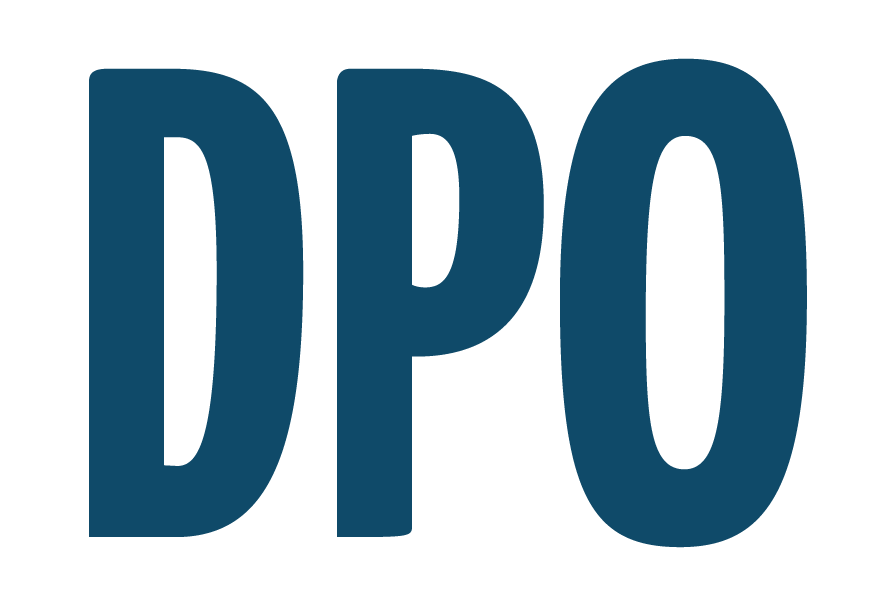How AI Is Transforming Purchase-to-Pay in 2026
- Bogdan Büchner

- 4 hours ago
- 3 min read
Why manual processes finally reached their breaking point
For years, organizations have tried to optimize their purchase-to-pay (P2P) process by adding tools, workflows, shared mailboxes or additional approval layers. Yet the core problem remained the same: too many decisions required human intervention. In 2026, that finally changes. Artificial intelligence is no longer a “nice-to-have automation layer” – it has become the central engine powering modern P2P operations.
Today’s AI is reshaping procurement, finance, and spend governance from the ground up. Below are the key shifts transforming P2P in 2026, and why companies that embrace these changes gain a measurable advantage in cost control, compliance and operational speed.

1. Autonomous Decision-Making Replaces Manual Approval Chains
Traditional workflows slowed everything down. A purchase request moved from requester → manager → finance → procurement, creating long lead times and approval fatigue.
In 2026, AI evaluates requests instantly:
Budget availability
Contract alignment
Vendor risk
Historical pricing
Policy rules
Compliance constraints
If everything checks out, the system auto-approves within seconds.Only exceptions reach humans.
The result?Teams report 60–80% fewer manual approvals, and managers recover hours every week.
2. AI Enforces Policies Automatically — Without Feeling “Policed”
Instead of relying on employees to remember rules, AI simply applies them consistently:
Preferred vendor enforcement
Spend thresholds
Category-based restrictions
Delegations of authority
Audit trails and documentation
This removes accidental non-compliance and dramatically increases control.Employees feel supported, not restricted — because requests are processed faster and errors disappear.
3. Intelligent PO Creation Eliminates the Last Fragmented Steps
Historically, Purchase Orders were created manually, often late in the process or not at all.AI now generates POs automatically based on:
Standardized templates
Contract line items
Previous buying behavior
Pricing benchmarks
And because AI validates the data in real-time, the PO is accurate from the start.This closes one of the biggest gaps in traditional procurement: incomplete or inconsistent documentation.
4. Invoices Process Themselves (No More Inbox Chaos)
Today’s document-understanding models extract, verify and match invoice data at near-perfect accuracy — far beyond OCR.
AI now:
Matches invoices to POs and goods receipts
Flags discrepancies early
Detects duplicate payments
Identifies unusual vendor patterns
Suggests coding based on historical entries
This reduces AP workload by up to 90% and cuts payment delays significantly.
5. Real-Time Spend Visibility Becomes the New Normal
Instead of waiting for month-end, AI provides continuous insights:
Budget burn-rate
Category spend
Forecast vs. actuals
Vendor concentration risk
Unexpected purchasing behavior
Finance teams no longer fight with exports or spreadsheets.Leadership finally gets a clear, dynamic picture of what the company actually spends — and where the risks are.
6. AI Supports, Not Replaces, Procurement Teams
The biggest misconception: “AI will replace procurement.”
In reality, it does the opposite.
By removing repetitive tasks, AI frees procurement teams to focus on:
Supplier relationships
Strategic negotiations
Risk management
Category strategy
Cost-saving initiatives
AI handles the volume.Humans handle the value.
7. The Future of P2P Is Fully Connected and Frictionless
The trend for 2026 and beyond is clear:
Less email
Fewer manual interventions
Better compliance by default
Faster approvals
Fully traceable workflows
Centralized vendor data
Smart recommendations at every step
Organizations that adopt AI-driven P2P systems gain an immediate operational advantage — especially in fast-growing or multi-entity environments.
Conclusion: AI Brings Order Into a Previously Fragmented World
Purchase-to-pay used to be defined by chaos — scattered requests, inconsistent approvals, inbox overload, and late-stage surprises.
In 2026, AI finally brings structure, speed and clarity.
The companies that embrace this shift will not only reduce cost and manual workload, but also build a procurement function capable of supporting growth instead of slowing it down.
AI is not the future of P2P. It is the new standard.



